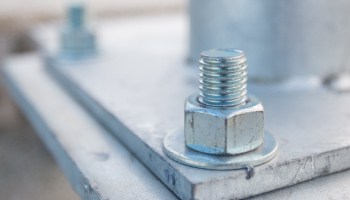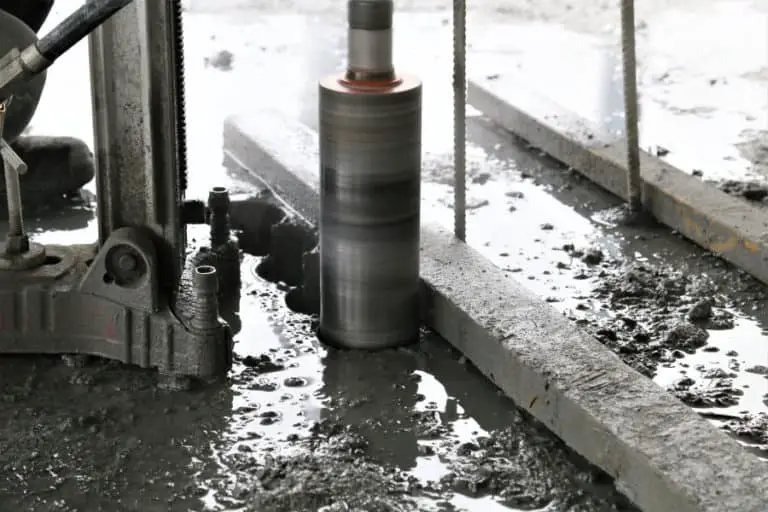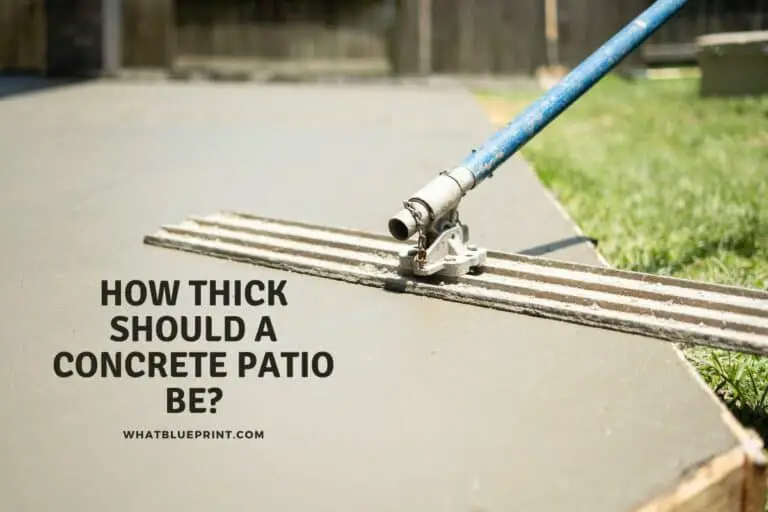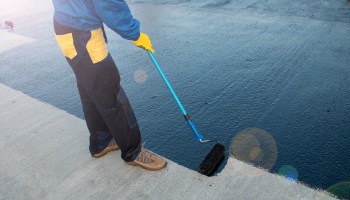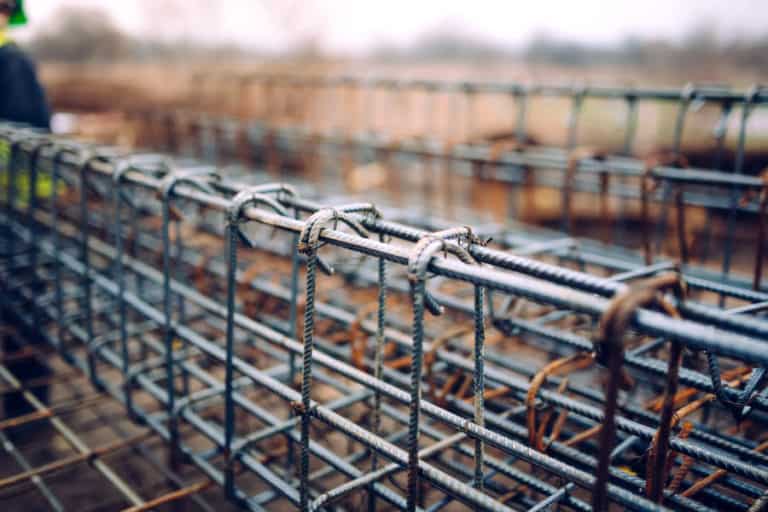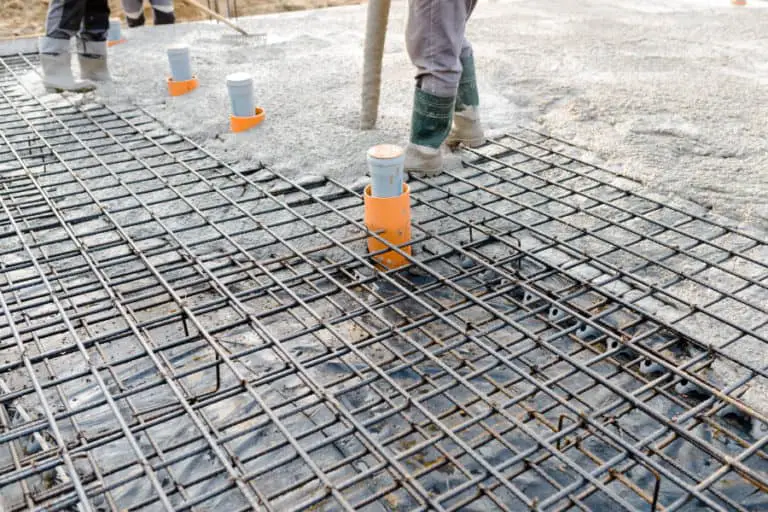Can You Reuse Concrete Anchors?
As the years go by, the use of a house will constantly be changing. What was once a staple for a room might eventually become something that won’t be used at all. Sometimes the needs of the users change, and as such, spaces will have to change along with it to meet new demands.
As such, some fixtures might become junk or abandoned in this process of reshaping the built environment. The question now is if it’s possible to reuse or repurpose these fixtures that are no longer used.
Some concrete anchors may be reusable. However, the method of extracting them from the concrete might end up causing wear and tear on the anchor. It’s a better practice to install new concrete anchors for any of your fastening needs.
In this article, we’ll be going into how you can reuse your old/ unused fixtures in such a way that you can add more features without causing too much inconvenience for you. Although you might not need these new features now, you’ll never know when they might come in handy.
What is a concrete anchor?
A concrete anchor is a fastener that attaches or fixes objects to concrete. Specialized fasteners (nails, screws, bolts, etc.) are used to become compatible with concrete.
The problem that arises is that these fasteners are so secure that removing them would definitely cause some sort of damage that might affect their integrity. Most fasteners are designed to handle a specific type of force (which is either push, pull, or torque, by the way), and by taking them out, you end up applying an even greater force to counter the force that is holding the fastener. This excess amount of force will most probably cause the fastener or the concrete to break.
Removing concrete anchors
Removing a concrete anchor will most probably end up destroying the fastener and the concrete. The amount of force and the strength that the anchor has is intended to be permanent since it is technically a structural component.
This does not mean that all concrete anchors can’t be reused. It all depends on how your contractor installed it. Some construction managers insert a female component (hole) before adding the anchor’s male component (fastener). However, this is a rare occurrence since it isn’t an industry standard and can only happen if the architect or the client specified it during the installing process.
Since most concrete anchors are destroyed during the removal process, it’s unlikely that you will be able to reuse them. This is just a tradeoff considering the strength that these anchors provide.
Does this mean I cannot reuse concrete anchors at all?
You can still reuse these fasteners for more light-duty purposes. If you simply need to secure a painting, for example, then you can get away with reusing a fastener.
However, for more heavy-duty purposes or fixtures that absolutely need to be secured (such as a flatscreen TV or an oven), it’s better to be on the safer side and purchase new anchors. The last thing you would want is a smashed oven with chicken smeared all over your kitchen.
It’s also up to your discretion. If you see that the concrete anchor wasn’t damaged during the removal process, then it could be reused. Again, this is entirely dependent on how your construction manager installed the anchor in the first place.
Repurposing older building materials
Any non-essential component of the building in terms of construction is technically repurposed. Examples of this would be doors, windows, toilets, sinks, faucets, etc. Non-essential items can be reused or transferred without much consequence except, of course, being more susceptible to damage compared to newer fixtures.
Materials such as bluestone can also be reused into something else, whether installed in a different location or aggregate for concrete. Also finishes such as wood or tiles. The main factor that you should consider is how strongly attached to the building these finishes are installed. There’s a big difference between a wooden floorboard and a wooden joist.
The only structural component that can be reliably reused would be rebars. Rebars are usually salvaged after a building demolition to be smelted down and remade into newer rebars.
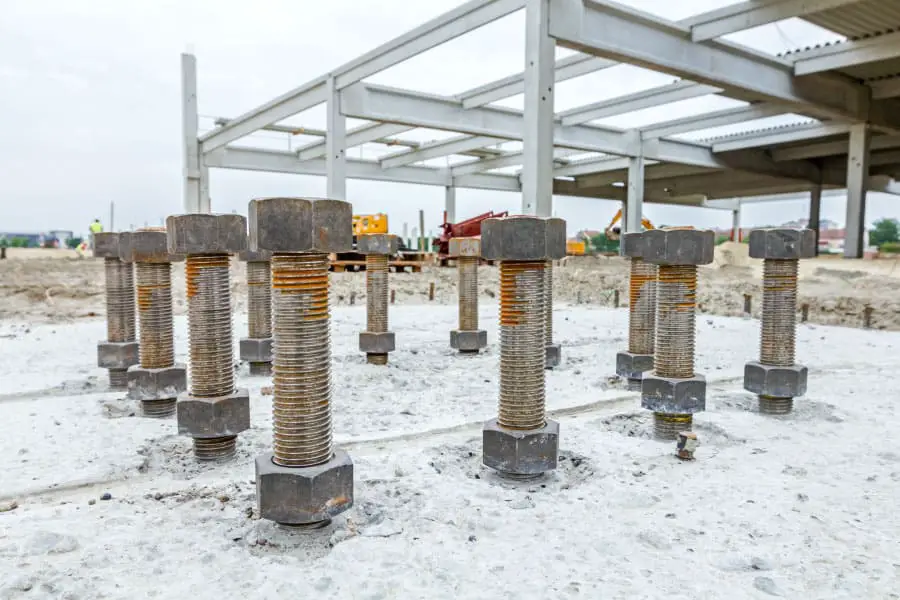
When to repurpose and when not to
The only situation you should repurpose a fixture in your house is if that fixture will provide additional utility. Repurposing is actually a very cost-effective way of adding more features to your home, depending on the feature that you’re adding.
For example, if a certain exterior wall is non-load bearing in your room, you have the option to relocate your windows. The only costs would be the labor needed and a few material costs to ensure that everything is renovated properly.
An example of when not repurpose would be glass. Glass, especially once broken, cannot be recycled at all. Another example would be wallpaper because removing wallpaper would entail having to destroy it in the first place.
There are just some building materials that cannot be recycled and have to be disposed of. When disposing of construction materials, it’s usually done by the construction manager post-construction. It would be irresponsible for a construction company to leave old paint cans, spray cans, etc. around, especially because these types of items are supposed to be disposed of properly.
Are the savings from repurposing materials cheaper in the long run?
In the long run, Yes. Reusing older fixtures, as long as they are still working and have been well maintained, will save you money in both the short term and the long term. The only case that this would not be true is if you were to buy second-hand fixtures, which is not recommended.
This, of course, also depends on what exactly you are repurposing and the consequences of it failing. Again, saving a few dollars by reusing a concrete anchor might end up with a broken fixture.
Reusable movement
There are certain manufacturers that are towards creating more sustainable fixtures. These fixtures are either created with materials that are not environmentally-taxing to produce, manufactured using less energy, and are intended to be recyclable once finished.
One of the main selling points of modular buildings lies in the fact that the modules used can easily be repurposed. This ensures that materials used for structures are used more, thus on average are more energy-efficient than traditionally built structures.
Feel free to check out our post on renovating modular homes here.
There are, of course, shortcomings with these environmentally-friendly methods. Since they are using less energy, alternative materials, and alternative methods, then it would entail that there would be some trade-off as to the quality of the final product.
This is not to say that environmentally-minded manufacturers create sub-quality products. As long as they are capable of being compliant with the industry’s standards, then there’s no reason why you cannot use these products for your own home.
Conclusion
There are certain situations in which you should and shouldn’t reuse certain items. Most of the time, concrete anchors would be in the latter category. Items such as concrete anchors cannot be reused because of the nature of their work, which is to fasten objects, requiring as much strength as they can carry.
Repurposing fixtures could add more features to your house as long as it’s in good condition, its usage isn’t too vital and installed properly.

